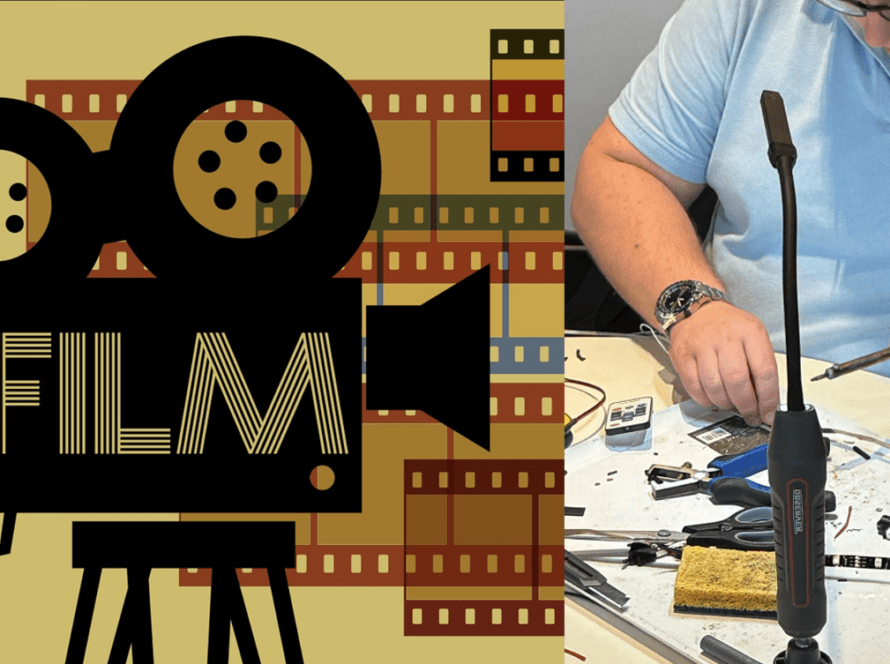In the professional field, the choice of lighting goes far beyond aesthetics. It directly impacts the well-being of employees, operational costs, the environmental footprint and the flexibility of system integration.
One may wonder why replace your good old fluorescent lighting (fluorescent tubes or compact fluorescent lamps) with LED lighting, the cost of which is not negligible. To help you take the plunge in your business, this article provides and details the differences between these two technologies.
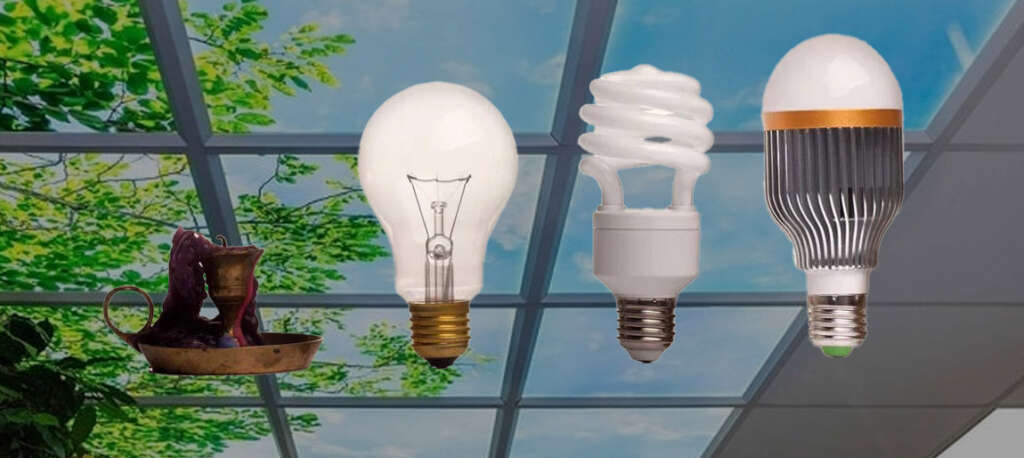
Fluorescent lighting was invented in the early 1930s and saw widespread adoption in the 1950s due to its superior efficiency over incandescent bulbs of the time.
As of February 25 and August 25, 2023, compact fluorescent lamps, T5 and T8 fluorescent tubes, etc. can no longer be produced for the European market.
LED technology was developed in the 1960s, but it wasn’t until the early 21st century that it began to outperform other technologies in terms of performance and energy efficiency. This breakthrough was made possible by improvements in semiconductor materials and manufacturing techniques.
Comfort and productivity in the workplace
Fluorescent light (especially from fluorescent tubes or compact fluorescent lamps) is often associated, and rightly so, with eye fatigue and headaches due to its flickering and stroboscopic nature. This flickering, which is usually imperceptible to the naked eye, can cause increased visual irritation and reduced concentration, particularly in environments where sustained visual attention is required.
Furthermore, fluorescent tubes often produce annoying background noise due to resonant vibrations, which can disrupt the work environment. These noises, which can range from light buzzing to louder clicking sounds, are not only distracting but can also increase stress at work.
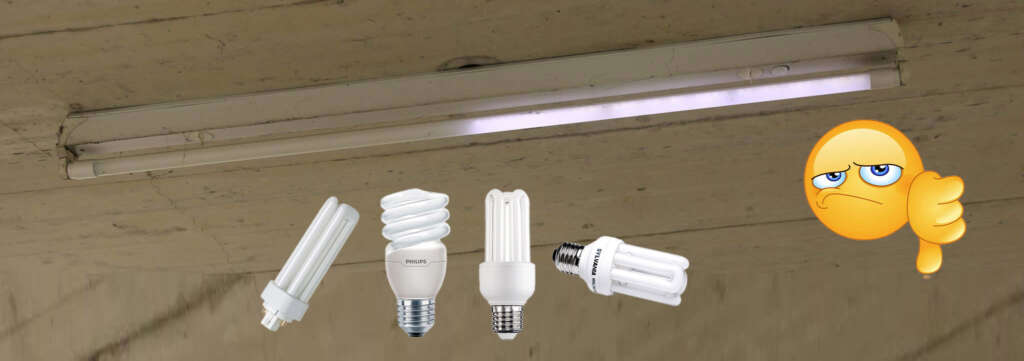
LED lighting, with its soft and uniform light, its visual uniformity and its absence of parasitic noise, significantly improves the comfort, concentration and productivity of employees. In addition, it guarantees excellent luminous efficiency: on average, an LED can produce 80 to 100 lumens per watt, compared to only 20 lumens for older generations of luminaires.
LEDs therefore help to create an optimal working environment that reduces visual fatigue and increases work efficiency.
Whether for your open spaces, individual offices or meeting rooms: there are necessarily suitable products in the variety of what the world of LED offers, such as LED strips, LED bulbs, and recessed spotlights.
This variety of products offers you immense flexibility to adapt the lighting to the specific needs of each space, while ensuring reduced energy consumption and a long service life.
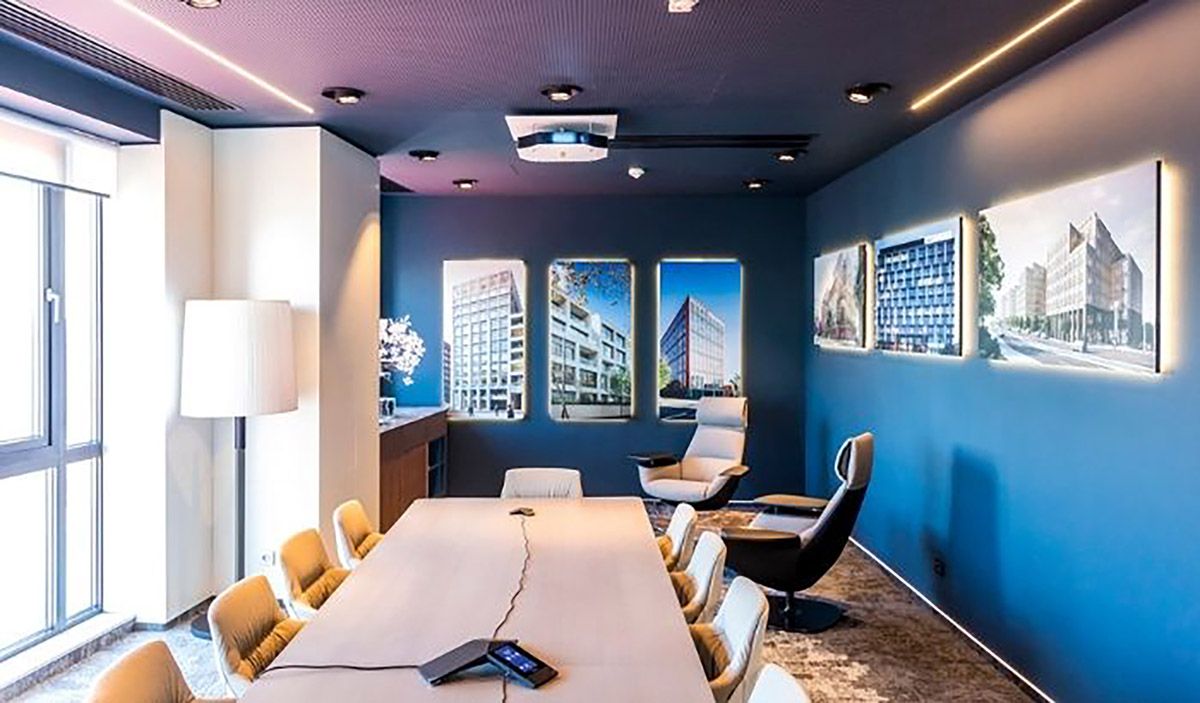
There is even high-performance LED lighting for your warehouses: The High Bay LED, which we offer in our Shop.
Health effects for your employees
Many research indicates that prolonged exposure to fluorescent light can disrupt the circadian rhythm (the human body’s internal clock), affecting sleep quality and overall health.
LED technology allows it to mirror natural lighting and its changing color temperature throughout the day, helping to better align with the body’s natural cycles and reduce sleep disturbances.
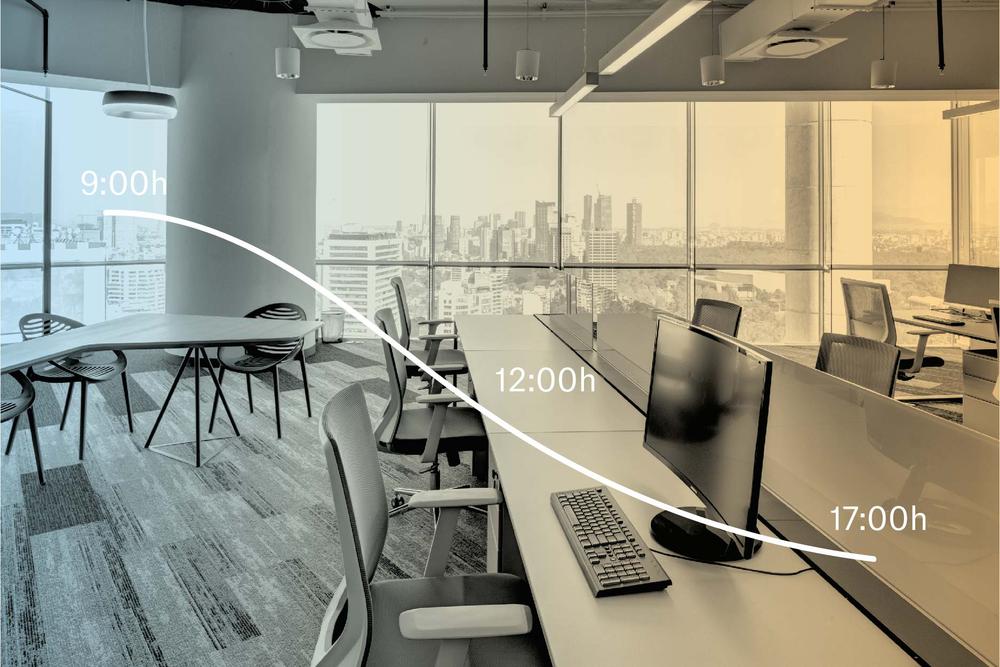
With our MiBoxer product range, you can set your lights to change their colour temperature throughout the day.
Significantly Reduced Bills with LED Lighting
Although LED lights have a higher initial cost than conventional systems, fluorescents, their longevity and energy efficiency more than compensate for this investment. LEDs consume about 50% less energy than fluorescent tubes and have a lifespan of 25,000 to 50,000 hours, compared to 7,000 to 15,000 hours for fluorescents.
This translates into substantial savings on:
- electricity costs (lighting bill divided by about three!)
- maintenance and hardware replacement costs
The Return on investment for LED lighting systems is often achieved in less than three years, thanks to energy savings and maintenance.
Subsidies, loans, tax assistance: French companies committed to controlling their energy expenditure and adopting a less polluting production approach can benefit from public funding.
More information here: https://www.economie.gouv.fr/cedef/aides-entreprises-transition-ecologique
Reducing the carbon footprint and positive impact on biodiversity
The widespread use LEDs could reduce global CO2 emissions by almost 1.5 billion tonnes by 2030, making a significant contribution to the fight against climate change. These bulbs are distinguished by their exceptional energy efficiency, consuming up to 85% less energy than traditional incandescent bulbs, which significantly reduces energy costs and greenhouse gas emissions.
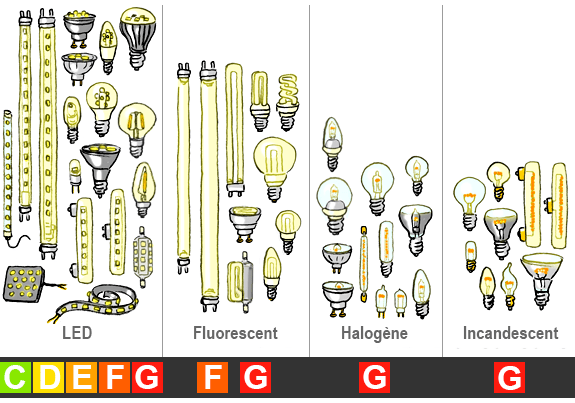
They also emit less heat, which can contribute to less use of air conditioning during hot periods, thus offering additional energy savings.
Also to be credited with LED lighting: The beneficial impact on biodiversity! Indeed, this type of lighting is known for its lesser impact on wildlife. For example, some LEDs for outdoor or road use are designed to emit light that is less disruptive to the life cycles of nocturnal wildlife.
By adopting LED technologies, we not only improve energy efficiency but also participate in a more sustainable management of natural resources and the protection of the environment.
Waste management and recycling of LED products and components
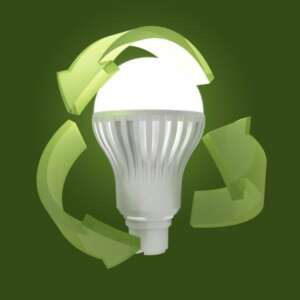
Fluorescent tubes contain mercury, a toxic element that poses challenges in recycling and waste management. At the end of their life, fluorescents require specific treatment to avoid environmental contamination.
LED lamps differ from other types of lighting by the absence of harmful substances such as mercury.
This feature makes LEDs less harmful to the environment when they are disposed of. Additionally, many components of LEDs are recyclable, including some metals and plastics used in their manufacture.
The recycling process for LEDs involves carefully dismantling the lamps to separate and recover reusable materials, which can include precious metals like gold used in connections, as well as silicon and other metals used in semiconductors.
This ability to recover and reuse materials helps reduce the amount of waste sent to landfills and reduces the extraction of new resources, contributing to a more sustainable and environmentally friendly product lifecycle.
It should be noted that as seen previously, LEDs benefit from a significantly longer lifespan, thus reducing the need for frequent replacement and reducing waste.
Conclusion
We may be tempted to keep the fluorescent lighting in his company, for economic and practical reasons. However, as we have seen in this article, the long-term benefits of switching to LED lighting are clear, whether in terms of employee comfort, energy efficiency, and environmental friendliness.
As we described in this other article on our blog, LED lighting is also a choice that takes advantage of recent innovations in the field of system interconnection (e.g. Zigbee), virtual assistants and Artificial Intelligence systems Artificial.
Questions? Need advice? PRECISION LED is here to support you, contact us!


